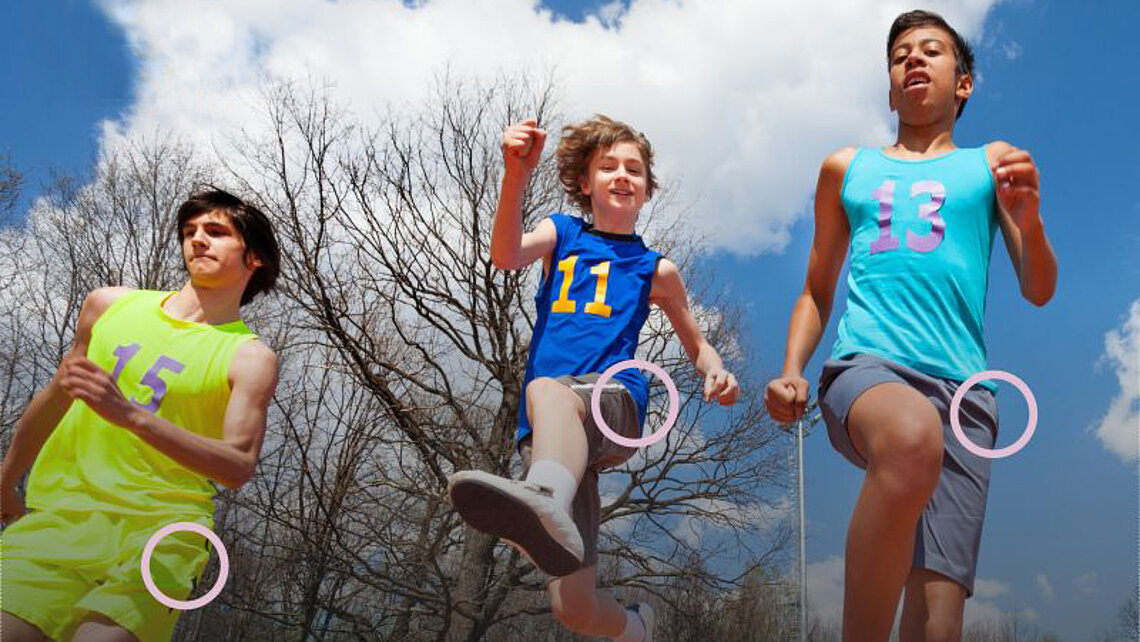High survival rate of ceramic-on-ceramic total hip replacement in very young patients
Modern cementless Ceramic-on-Ceramic (CoC) total hip replacement (THR) in very young patients (18 years or younger) shows a high survival rate and a low rate of complications and failures.
This is the conclusion of Trisolino et al.(Rizzoli Orthopaedics Institute, Bologna, Italy) in a retrospective cohort study examining the data from the Registry of Orthopaedic Prosthetic Implants (RIPO) between 2000 and 2019.
The outcomes of 64 children and teenagers (68 hips) who underwent cementless CoC THR (BIOLOX®delta (81.1% of the cases) or BIOLOX®forte/ BIOLOX®delta (18.9%)) and who were 18 years or younger at surgery were based on clinical and radiographic outcomes, survival rate, and reasons for revision. The most common reason for THR was post-traumatic or chemotherapy-induced avascular necrosis.
The overall survival rate was 97.6% at 5 years and 94.4% at 10 and 15 years. Two patients had to be revised for malpositioning. In all other cases, radiographs showed no evidence of implant fracture, radiographic lucencies, bone defects, acetabular migration, or stem subsidence.
THR is a complex surgical procedure in young patients,often postponed for fear of implant failure. This study showed that the use of CoC bearings like BIOLOX®delta demonstrates not only a high implant survival rate but also a low rate of complications and failure and allow the use of larger head diameters for a higher hip stability.
For full prescribing and risk information, always refer to the instructions for use of the legal manufacturer.
Please check for regulatory approval in your country.
Reference: Trisolino G, Stallone S, Castagnini F, et al. Cementless ceramic-on-ceramic total hip replacement in children and adolescents. Children (Basel). 2021;8(10):858. doi:10.3390/children8100858.

